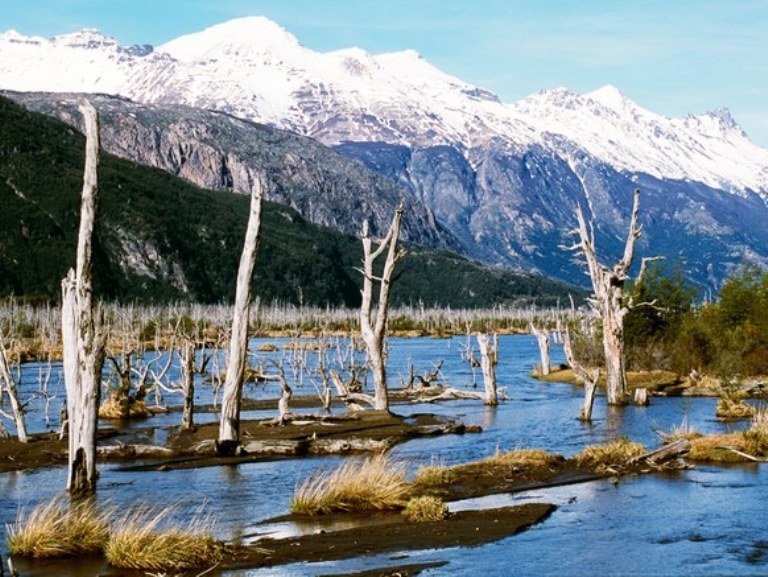
Normally, raising the alert status like this is due to an acute change, when the behavior of the volcano shifts suddenly. However, this time, the elevation to Yellow alert status at Cerro Hudson is due to accumulated events over the past month.
Dozens of small earthquakes have occurred since the start of November, none stronger than M3.2. But their location (in geographic space and depth) are similar to those before the last eruption of Hudson in 2011. The number of earthquakes hasn't increased much above the baseline activity at an active volcano like Hudson, but energy released by the largest earthquakes has been increasing over the past few months.
Combine that with the fact that the earthquakes have the character of those associated with magma movement, and the SERNAGEOMIN and ONEMI decided to treat Hudson with an abundance of caution, setting up a 3.5 kilometer exclusion zone around the volcano.
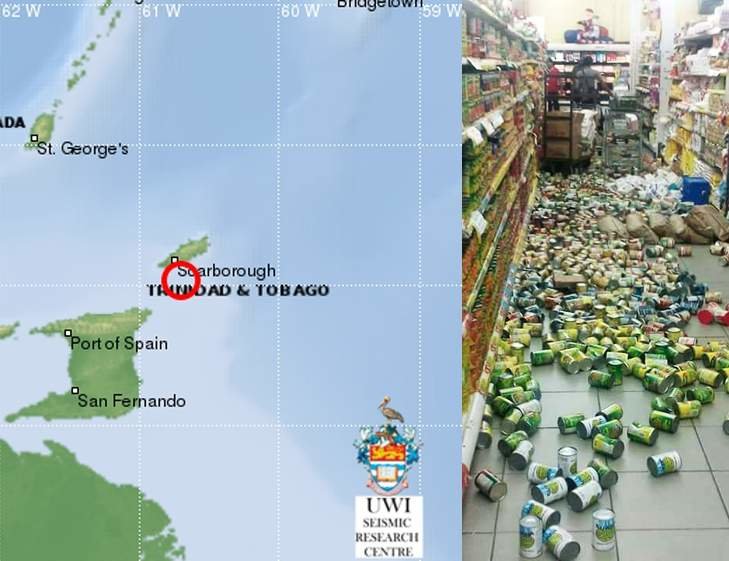
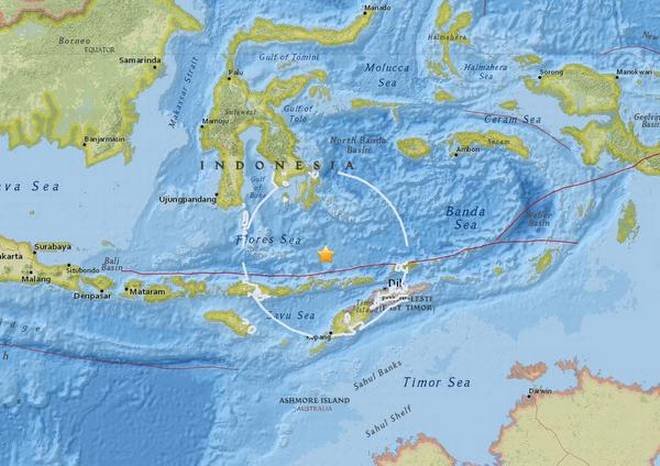
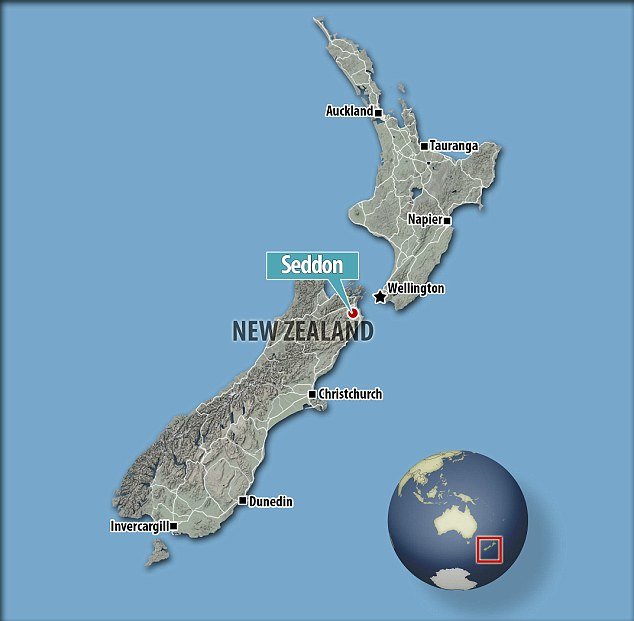
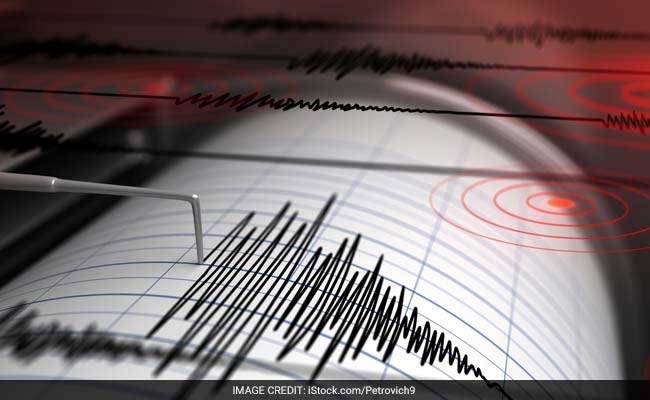
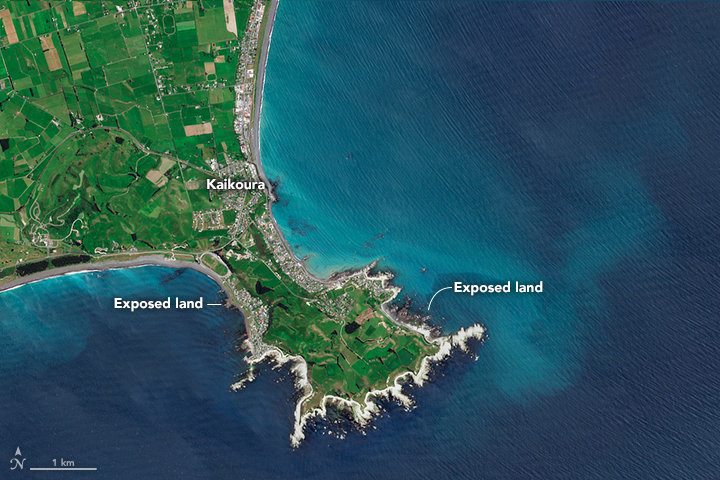
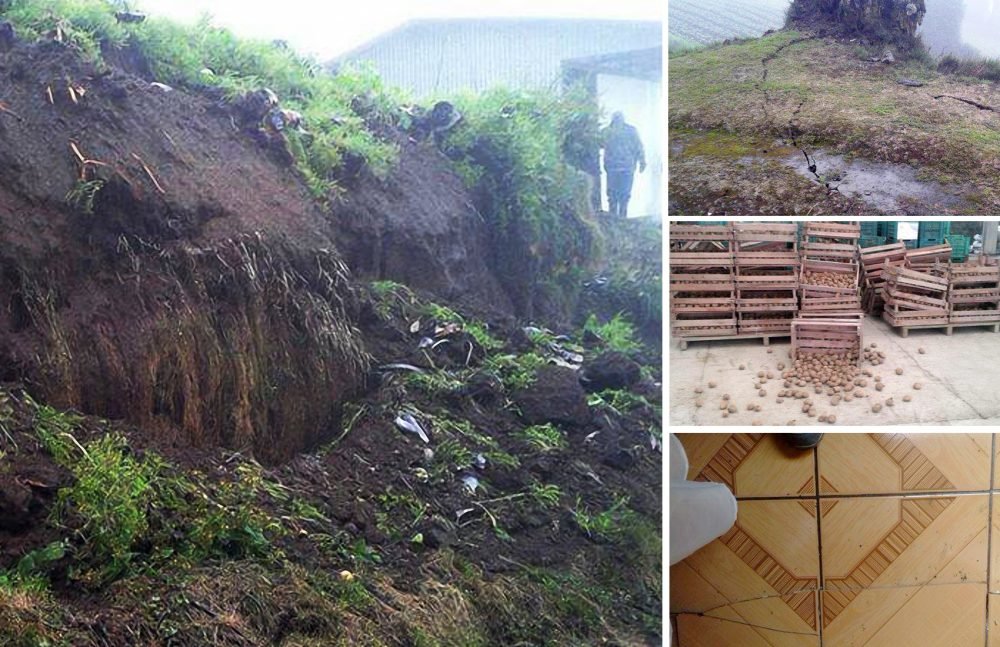
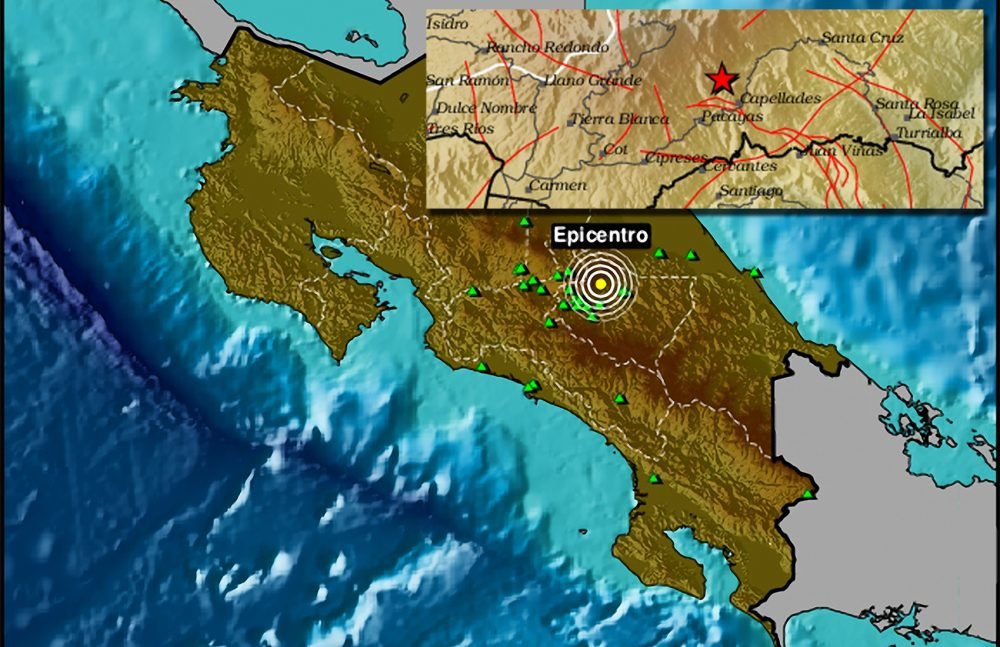
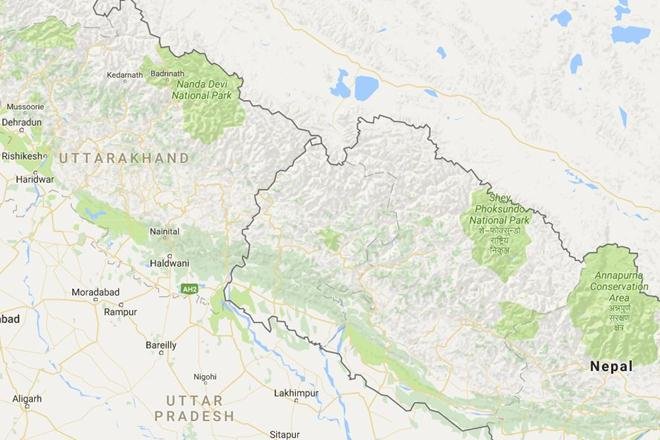
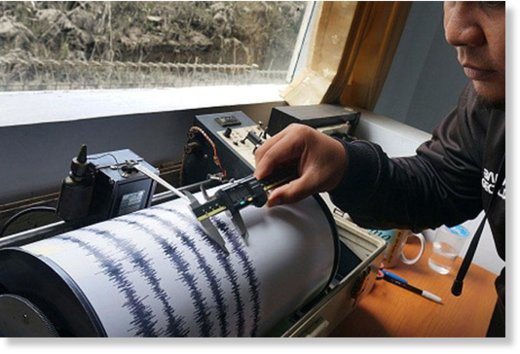
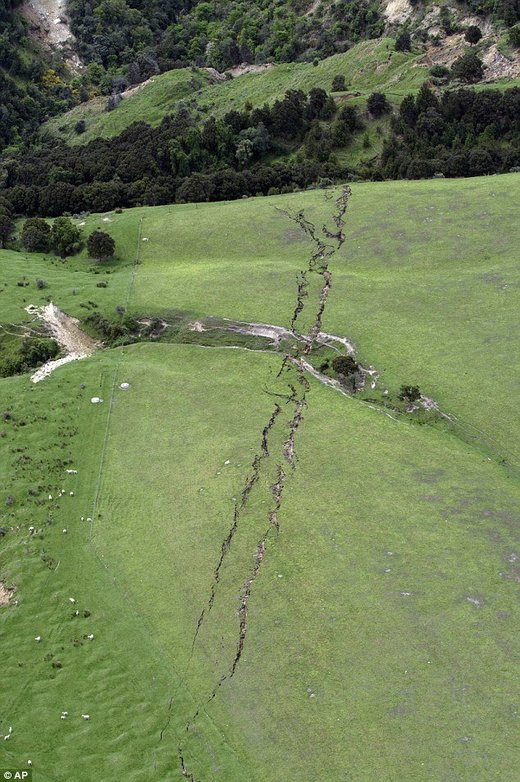



Comment: See also: